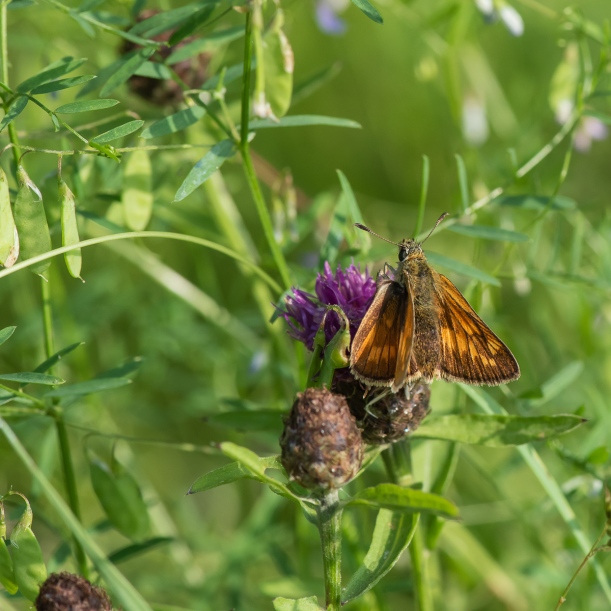In part 1 of planting for pollinators, I focused mainly on plants that thrive in wetlands. Of course, not all valuable plants need a wetland to survive, many are more flexible. In this second part I’ll devote more attention to annuals and plants that grow on other soils.
Probably the two biggest assets to a habitat for pollinators are, firstly, flowering trees. Imagine converting the mass of flowers on a tree to surface area laying flat. In a densely populated area, you can imagine how much trees add. Secondly, do not use pesticides. Many insects overwinter or make nests in the ground. If the ground is polluted it affects the insects. Building dedicated nesting areas in the garden can also help insects.
Linden tree
Found often in parks, gardens and lining streets, linden trees provide a huge upgrade in the food-quality of a pollinator habitat for both pollen and nectar. In Flanders and the Netherlands, the little-leaf linden (Tillia Cordata) is a native to north-western Europe and spreads easily. The large-leaved linden or lime tree (Tilia Platyphyllos) is less common in this same area. Whenever you see one, you can assume it was planted there on purpose as a park tree or garden tree.
Now, by far the most planted linden variety is the Tilia Europea. This is a cross between the cordata and the platyphyllos. The result is a tree which doesn’t seed very well, grows quite quickly and blooms richly.

Chestnut tree, Black Locust
The sweet chestnut (Castanea sativa) and black locust (Robinia pseudoacacia) are two trees I greatly appreciate. They mature relatively quickly if you want to look forward to something to harvest. During the 30 or so years while you would be just waiting with other types of trees, you can expect your honeybees to bring in a veritable treasure every year as long as you take care of both.
Echinacea
Beautiful, a long flowering period and medicinal properties; echinacea is a powerhouse plant that shouldn’t be missing from your garden. It’s worth checking whether there isn’t a type of echinacea that is native to your region. If you pay attention to this you could end up with naturally spreading, strong plant that is suited to the soil and water availability of your area. Most echinacea varieties are native to North America. Echinacea tennesseensis and laevigata are considered endangered. If you live in areas where these are native, it might be worth getting information from a local conservation group. Perhaps they will help you get legally obtained seeds from a pure strain, so you can help these plants reestablish their native area.

I have had some trouble propagating echinacea. They begin flowering the year after you’ve sown them. The best way to get them established and going I find, is to clear at least a 2m² patch, till deep so all the leftover weeds are stuck deep underground, then sow liberally. Keep the area free from all weeds you can recognize. The plants will be clearly recognizable in August and September.
Hollyhocks
Hollyhocks are incredibly easy to grow, appear in many colors so you can make them fit into a color scheme if you want. After sowing them, they will take another year to produce flowers. The plant covers the ground very well, so they will keep weeds down in the first year as soon as they’re big enough. Try giving them extra nitrogen to get them to produce more leaves for this purpose.
Bumblebees will be the main beneficiaries of this plant.
Sunflower
Everyone knows the sunflower, and everyone should grow them. They benefit pollinators, especially bumblebees, because they keep producing new flowers in the center of the plant. They are a rich source of nectar and pollen. When the blooming period is over, birds and squirrels won’t leave any of the seeds un-eaten.
Verbena bonariensis

The most valuable annual I have, is verbena bonariensis. I rarely see honeybees on them, but bumblebees and butterflies love them. They grow tall, don’t take up much space at the base and basically provide the garden with another ‘floor’ of flower surface. That’s how I think about it anyway. You could also say ‘they take over the garden and you’ll never get rid of the stuff’ but what are you going to do? Dive into lawncare and get ‘passionate’ about grass? I don’t think so. Give me this bright, mauve-purple all summer long. Much better than a ‘neat’ and ‘tidy’ lawn.
Click below for part 1:




